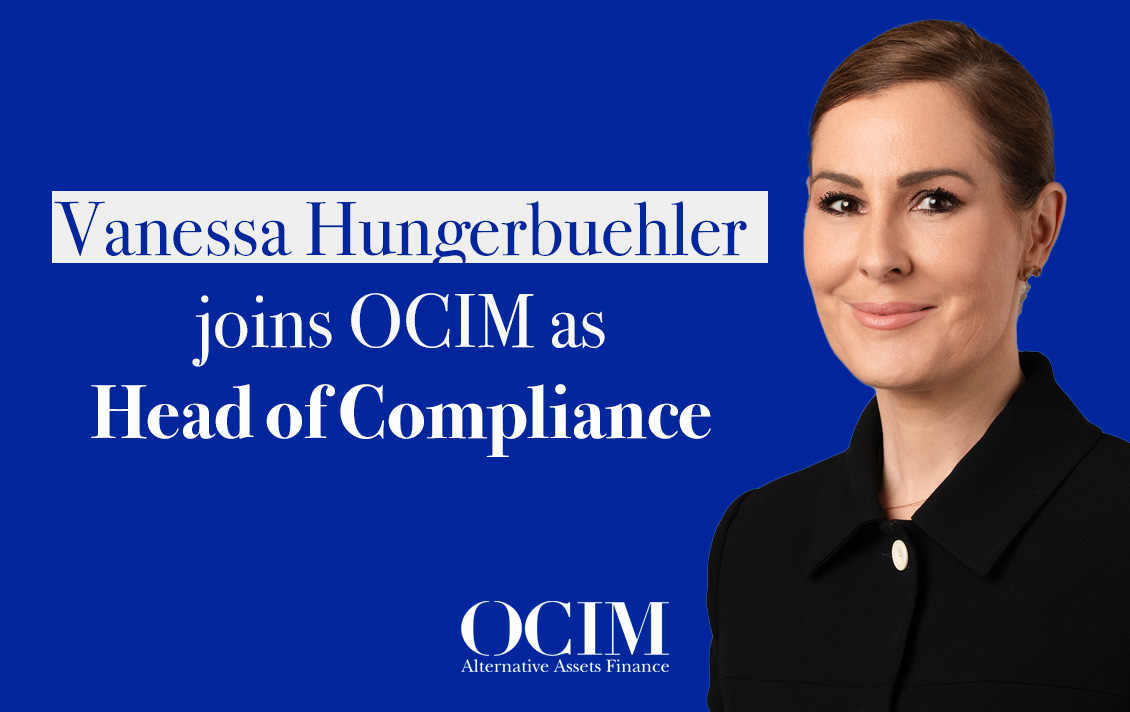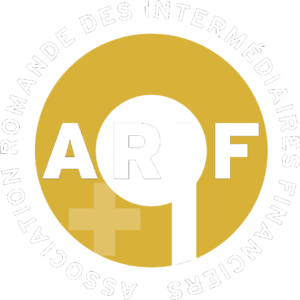Artisanal gold mining: the necessary gradual nature of the formalization process
Gold from artisanal and small-scale miners (ASM) is still under-represented among major refiners and jewelers due to the associated costs and risks. While the normative framework established by the OECD and the LBMA invites the upstream part of the chain to engage with artisanal mining circuits, the improvement of practices must be part of a dynamic and granular process.
Let’s start with a paradox: of the approximately 3,000 to 3,500 tons of mined gold extracted each year worldwide, more than 20% is believed to come from artisanal and small-scale mining. Yet despite their relatively large production, the share of this often informal production remains tiny in the supplies of large refiners, the watch and jewelry industry, and even more so of financial players.
The reason for this under-representation is the lack of control over the upstream part of the value chain: the actors located further downstream cannot assume the cost or the legal and reputational risk of a supply that does not meet minimum standards. For their part, artisanal miners do not have the means to comply with the best standards of mining practices, due to a lack of sufficient financial resources, mastery of specific skills and access to formal markets. As a result, the value chain is seized in its middle with artisanal operators trapped in a poverty trap, even a crime trap, and refiners who voluntarily deprive themselves of potentially large supply flows.
A regularly updated toolbox
How can this artisanal supply and global demand finally be brought together? A first step was to get the upstream sector to chart a course towards the artisanal and small-scale sector. The OECD led the way in 2010 by publishing a guide aimed at developing responsible supply chains and encouraging engagement with artisanal sector channels. Initially focused on the intrinsic quality of the product, the international organization thus called for the first time for a direct understanding of production processes and their impact on the environment and local communities. At the same time, the guidelines have evolved from technical to regulatory and legal. The required measures now define a five-step due diligence process:
- the establishment of a dedicated internal management system,
- the identification and assessment of associated risks,
- the design and implementation of strategies to manage these risks,
- the implementation of independent audits, including field visits, and finally,
- the publication of an annual report on all due diligence carried out.
The ambition of the project, the high number of evaluation criteria and the heterogeneity of practices prevent any unambiguous interpretation of this guide.
The London Bullion Market Association (LBMA) has also adopted this approach by introducing a directive in 2012 requiring Good Delivery refiners to comply with a regularly updated set of rules and, more recently, by setting up a working group dedicated to Artisanal and Small-Scale Mining (ASM). The result: it has already been a dozen years since operators at the top of the value chain realized what was at stake and began their learning curve.
And it is not only the industrialists who are concerned. In 2024, the World Gold Council proposed that the central banks of certain producing countries sign the “London Principles”, which define the framework within which these institutions can initiate national purchase programs with local artisanal miners.
Bringing together two previously distant worlds
However, these efforts will be in vain if the ASM actors do not in turn comply with the requirements. This strategy of formalizing the artisanal sector requires significant financial resources and time. The solution is therefore to support these actors pragmatically, assuming that the improvement of practices is part of a dynamic and constantly evolving process. A granularity must therefore be applied between the prerequisites. While some of them do not suffer from any ambivalences, such as child labor, others are more part of a process of gradual improvement through formal and appropriately managed action plans, such as for the use of mercury.
To this end, actors in the artisanal sector must not remain isolated and must be able to count on the institutions in place, such as Swiss Better Gold, whose field staff implement dedicated programs, but also on independent intermediaries who are familiar with the required due diligence. Only at this price will actors who were once so far apart on the value chain finally be able to find common ground in their desire to be able to contract together smoothly and safely!
For more information:
World Gold Council’s ASGM Report 2024 (registration required)
https://www.gold.org/download/file/19287/ASGM_Report_2024_English_Full_Report.pdf
LBMA toolkit on ASM due diligence
https://cdn.lbma.org.uk/downloads/ASM-Toolkit-v6.pdf
OECD Guide to due diligence for responsible mineral supply chains
https://www.oecd.org/content/dam/oecd/en/publications/reports/2016/04/oecd-due-diligence-guidance-for-responsible-supply-chains-of-minerals-from-conflict-affected-and-high-risk-areas_g1g65996/9789264252479-en.pdf







